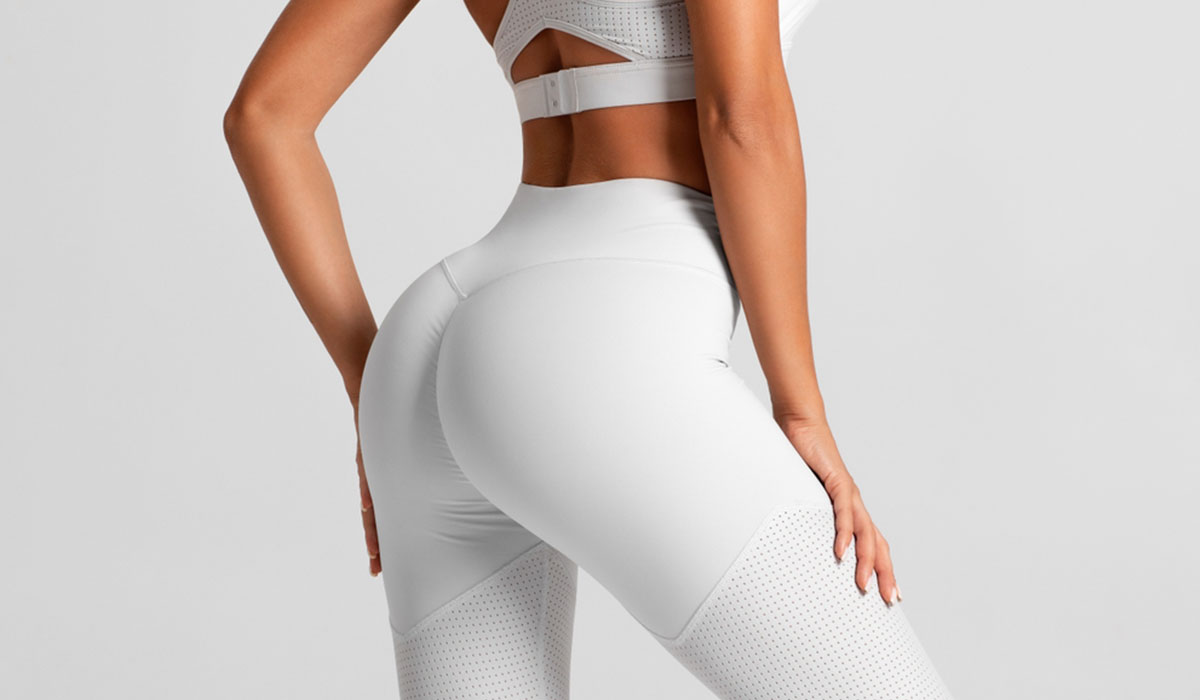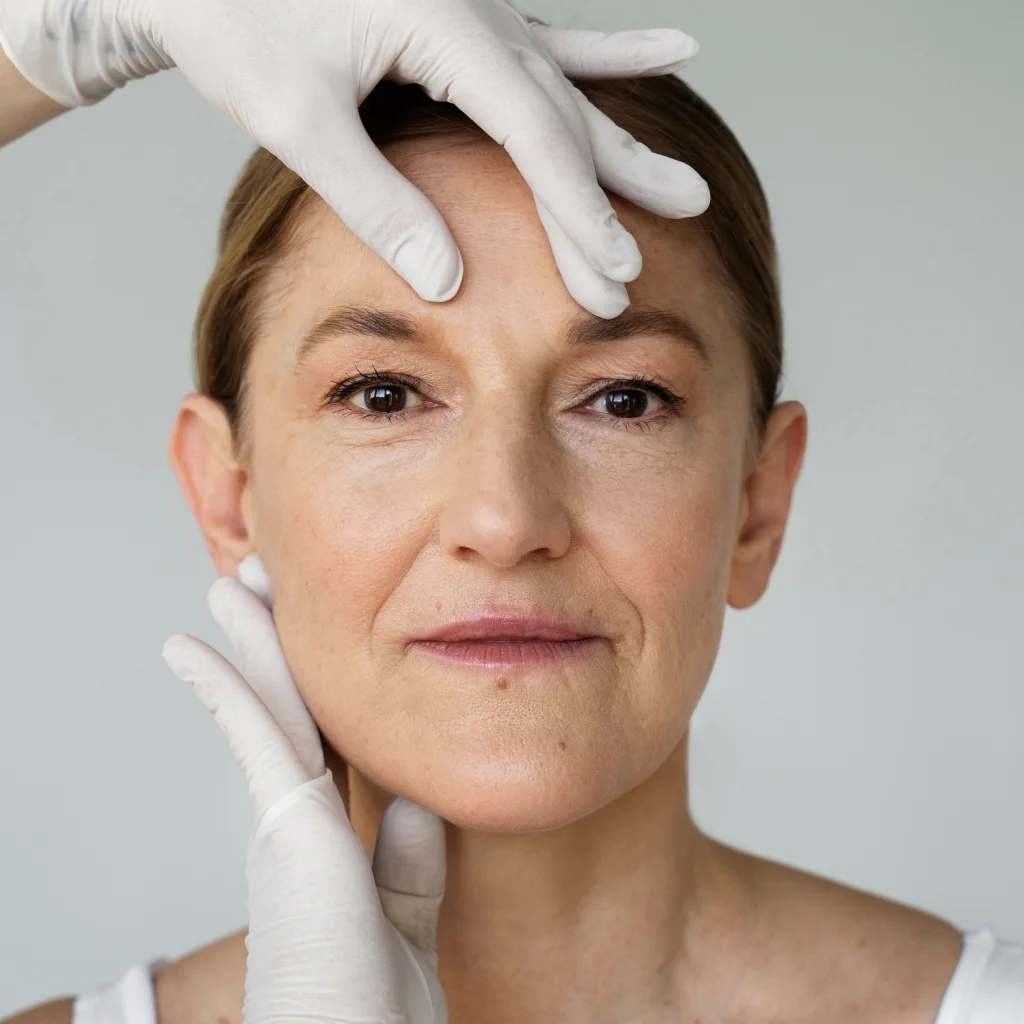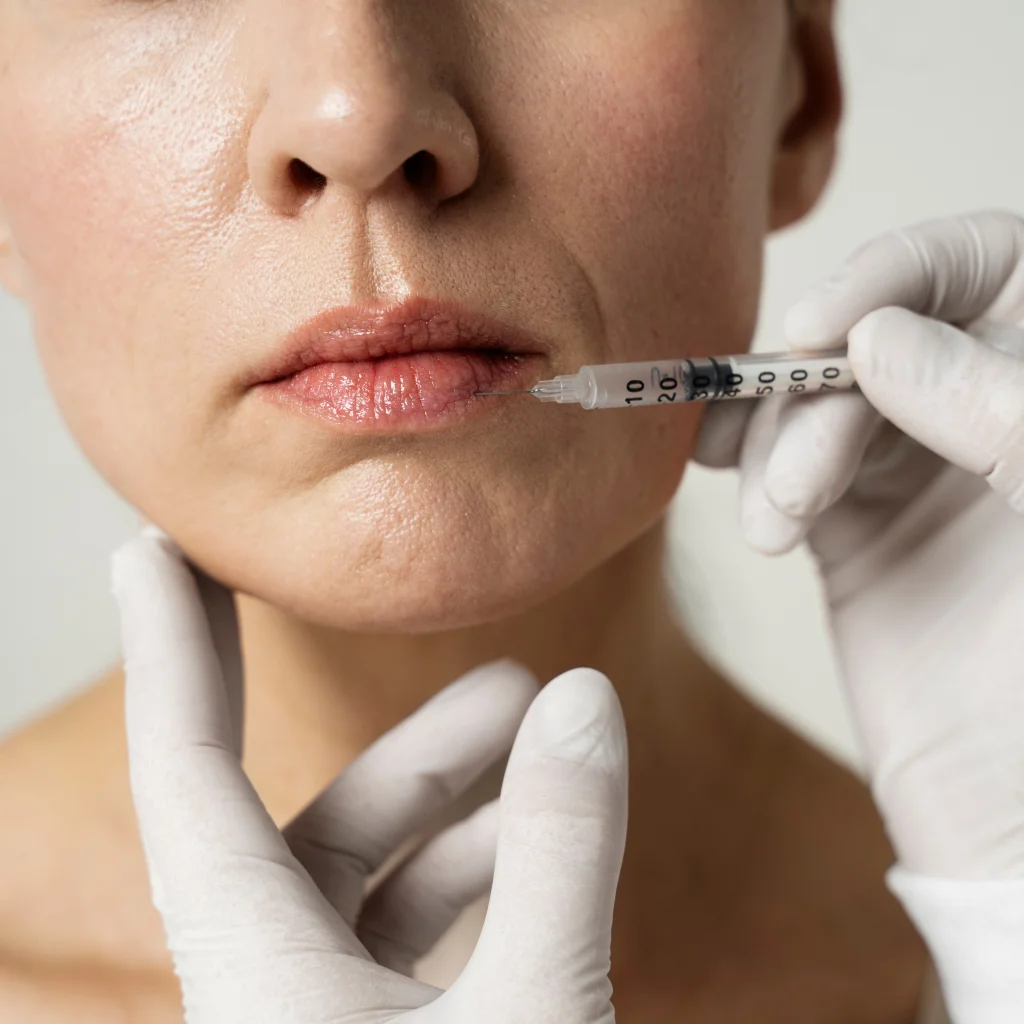In modern aesthetics, achieving well-proportioned body curves is a key beauty standard—and the buttocks are among the most sought-after areas for enhancement. Whether aiming for fuller volume or a more rounded shape, many women seek ways to improve the appearance of their buttocks. With major advancements in cosmetic medicine, buttock augmentation injections have emerged as a minimally invasive or non-surgical alternative to traditional implants, offering natural-looking results with minimal recovery time.
This detailed medical guide explores everything you need to know about injectable buttock enhancement, focusing solely on medically approved and safe techniques, and distinguishing them clearly from dangerous and globally banned practices.
What Is Injectable Buttock Augmentation?
Injectable buttock augmentation is a cosmetic procedure designed to increase buttock volume, enhance roundness, or correct asymmetry using injectable substances. It’s important to understand that the term includes vastly different techniques with varying results and safety profiles. These methods are broadly classified into:
- Medically approved techniques
- Highly dangerous and illegal practices
The Dangers of Liquid Silicone Injections
Before discussing the safe options, it’s critical to emphasize the severe risks associated with liquid silicone injections or unregulated substances used for buttock enhancement.
The FDA and American Society of Plastic Surgeons (ASPS) have both declared that free silicone injections into soft tissue are illegal and extremely dangerous. These substances can migrate through the bloodstream to vital organs like the heart, lungs, and brain, causing:
- Blood clots
- Strokes
- Chronic infections
- Permanent deformities
- Granulomas
- Even death
Avoid these at all costs and always seek licensed, board-certified professionals.
Safe and Approved Types of Buttock augmentation Injections
Only two medically approved options are considered safe and effective for buttock enhancement:
-
Autologous Fat Transfer (Brazilian Butt Lift)
Known medically as Autologous Fat Transfer to the Buttocks and popularly as the Brazilian Butt Lift (BBL), this procedure uses the patient’s own fat as a natural filler.
How it works (in one surgical session):
- Fat harvesting – Liposuction is performed on donor areas such as the abdomen, waist, back, or thighs.
- Purification and injection – The extracted fat is purified to isolate viable fat cells and then injected precisely into different layers of the buttocks to reshape and add volume.
Ideal candidate:
- In good health with no major chronic illnesses
- Has sufficient fat in other body areas
- Seeking moderate volume increase and improved contour
- Has realistic expectations (30–50% of injected fat may be naturally absorbed)
Advantages:
- Natural look and feel
- Minimal risk of rejection (since the material is from the body)
- Dual benefit: body sculpting + buttock enhancement
- Long-lasting results with surviving fat cells considered permanent
-
Buttock Enhancement with Dermal Fillers
A non-surgical option for those looking for subtle enhancements or who lack adequate fat for transfer. Only approved fillers should be used. Popular filler types:
Poly-L-lactic acid:
- Mechanism: Unlike traditional fillers that add volume directly, Sculptra acts as a biostimulator, prompting the body to gradually produce its own collagen.
- Results: Appear over several months, usually requiring 2–4 sessions. Can last up to 2 years or more.
Hyaluronic Acid Fillers:
- Mechanism: HA is a gel-like substance naturally found in the body. These fillers attract water, instantly increasing volume.
- Results: Immediate but temporary, lasting 6 to 18 months. Large volumes are needed, making this option costly over time.
Fat Transfer vs. Fillers for Buttock Augmentation
| Feature |
Fat Transfer (BBL) |
Dermal Fillers |
| Material Source |
Patient’s own fat |
Synthetic (HA or collagen stimulator) |
| Procedure Type |
Minimally invasive surgery (liposuction needed) |
Non-surgical (injections only) |
| Anesthesia |
General or local with sedation |
Local (numbing cream) |
| Results |
Natural look and feel, long-lasting |
Gradual or immediate, temporary |
| Recovery |
Longer (weeks), with sitting restrictions |
Very short (days), minimal restrictions |
| Best For |
Those with fat reserves and wanting noticeable change |
Those lacking fat or seeking subtle improvement |
Procedure Steps and Recovery Timeline
-
Pre-Procedure Preparation:
- In-depth consultation with a certified plastic surgeon to evaluate goals
- Discontinue blood-thinning meds (e.g., aspirin) and certain supplements
- Avoid smoking and alcohol to support healing
-
During the Procedure:
- Fat transfer: Surgeon marks donor and injection sites, performs liposuction, processes the fat, and injects it into the buttocks.
- Filler injection: Area is cleaned, numbing cream applied, and filler is injected into strategic points for optimal contouring.
-
Recovery and Aftercare:
After fat transfer:
- Avoid sitting or putting pressure on buttocks for at least 2 weeks
- Use a special cushion if sitting is necessary
- Swelling, bruising, and mild pain are expected—managed with pain relief
After filler injections:
- Faster recovery (1–2 days)
- Minor bruising or swelling may occur
- Avoid strenuous exercise for about a week
Risks and Potential Side Effects
Even safe procedures carry some risk:
General risks:
- Infection
- Bruising or swelling
- Pain
- Asymmetry
Fat transfer-specific risks:
- Fat embolism (most serious): Fat enters blood vessels, potentially fatal—must be performed by highly skilled surgeons using safe, above-muscle techniques
- High absorption of injected fat, requiring follow-up sessions
- Formation of calcifications or fat cysts
Filler-specific risks:
- Lumps or nodules
- Allergic reactions (rare)
- Dissatisfaction with temporary results
FAQs
How long do the results last?
- Fat transfer: Long-lasting, often permanent
- Sculptra: Up to 2 years or more
- HA fillers: 6–18 months
Can I achieve a very large increase with injections?
- Fat transfer can offer noticeable results, but is limited by available donor fat.
- Fillers are better for minor to moderate enhancement.
- Silicone implants may be the only option for dramatic increases.
What does Buttock augmentation Injections cost?
- Fat transfer: Higher initial cost due to surgical nature (liposuction included)
- Fillers: Costs vary by type and quantity, and repeated treatments can be more expensive long-term
Final Note
Choosing to enhance your buttocks is a personal decision, but one that should be made with accurate medical guidance to ensure your safety and satisfaction. The most critical step is to consult with a certified, experienced plastic surgeon who will provide honest advice and recommend the safest, most effective option for your unique case—like Dr. Sherif Hegazy, one of Egypt’s most respected experts in body contouring and aesthetic enhancement.












